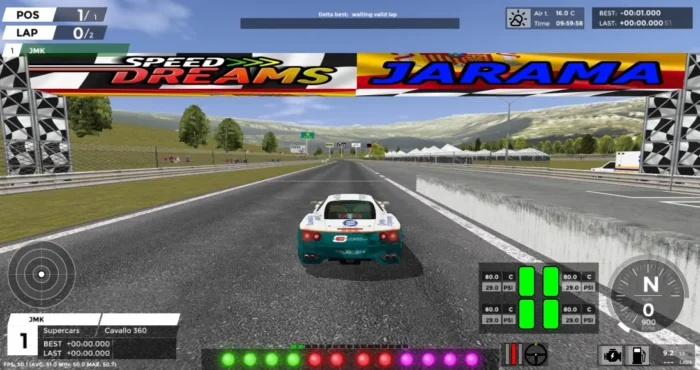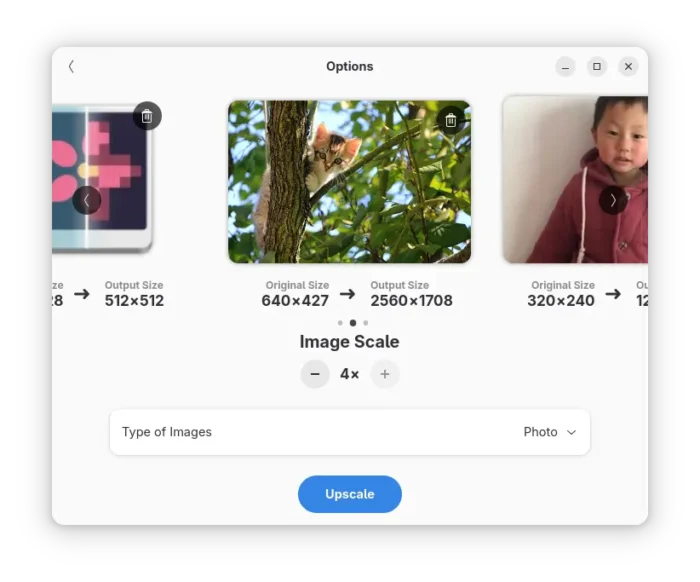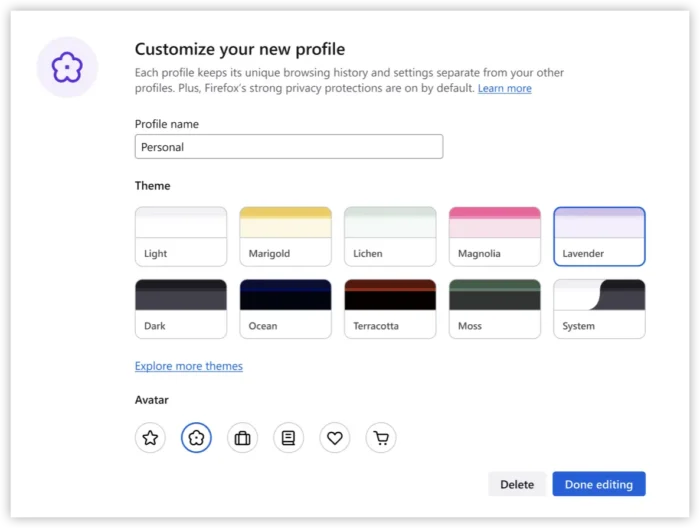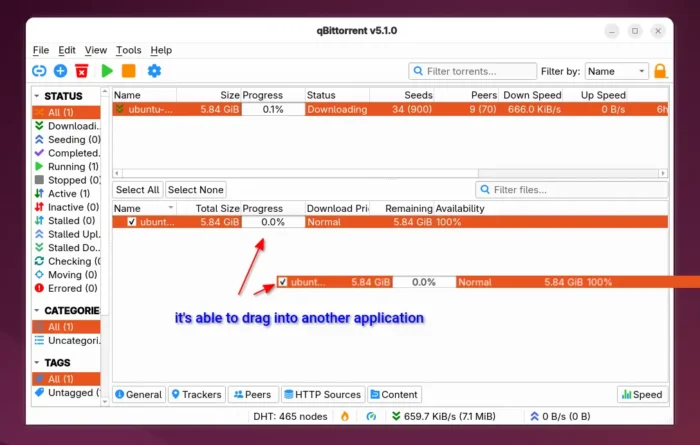Shotcut, the free open-source Qt and MLT based video editor, released new version 25.05 few days ago.
The new release of this cross-platform video editor introduced new Alpha Strobe video filter, allowing to make something blink by periodically holding frames or setting alpha channel to zero.




















